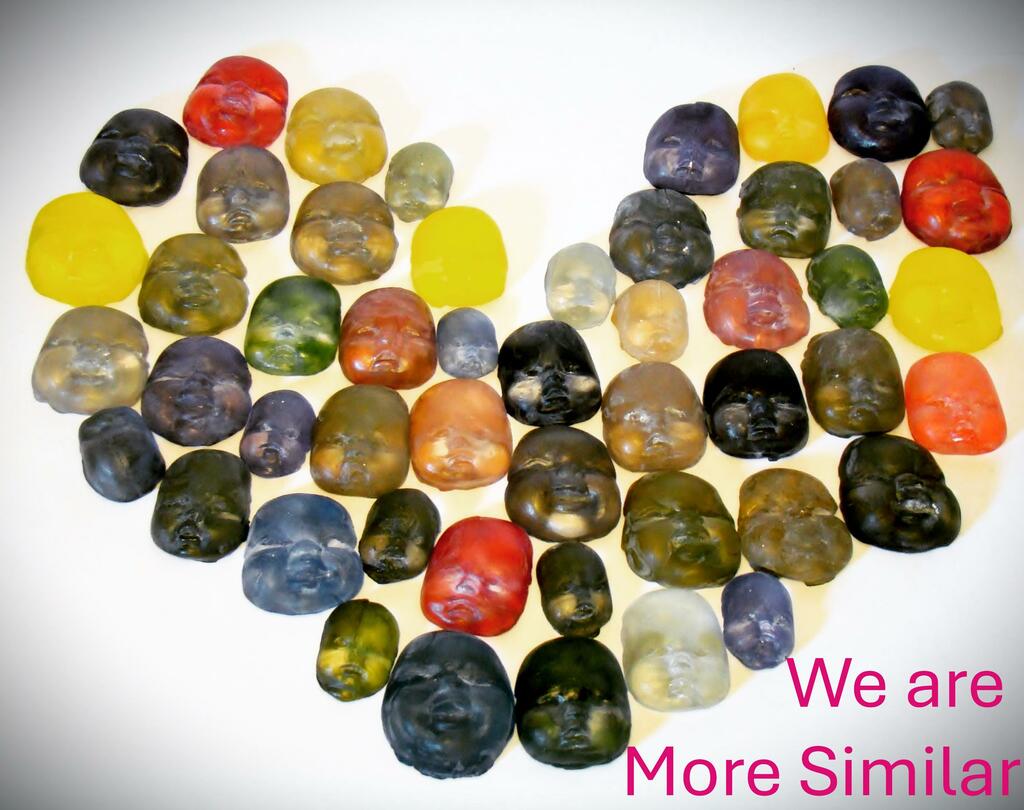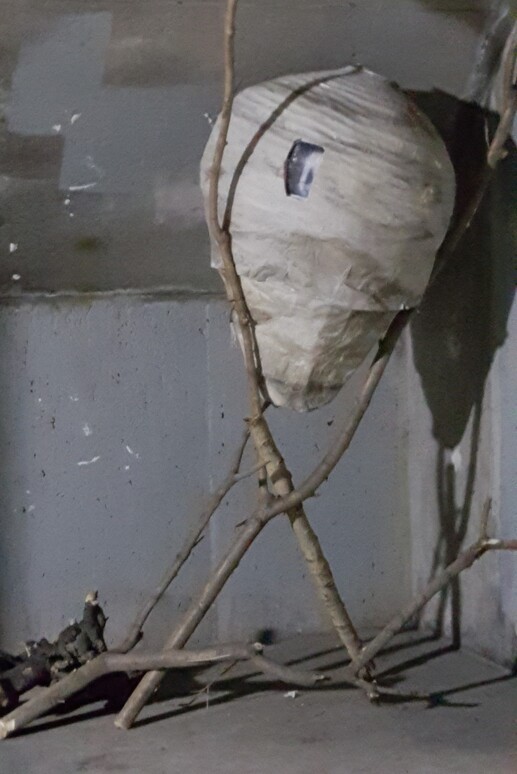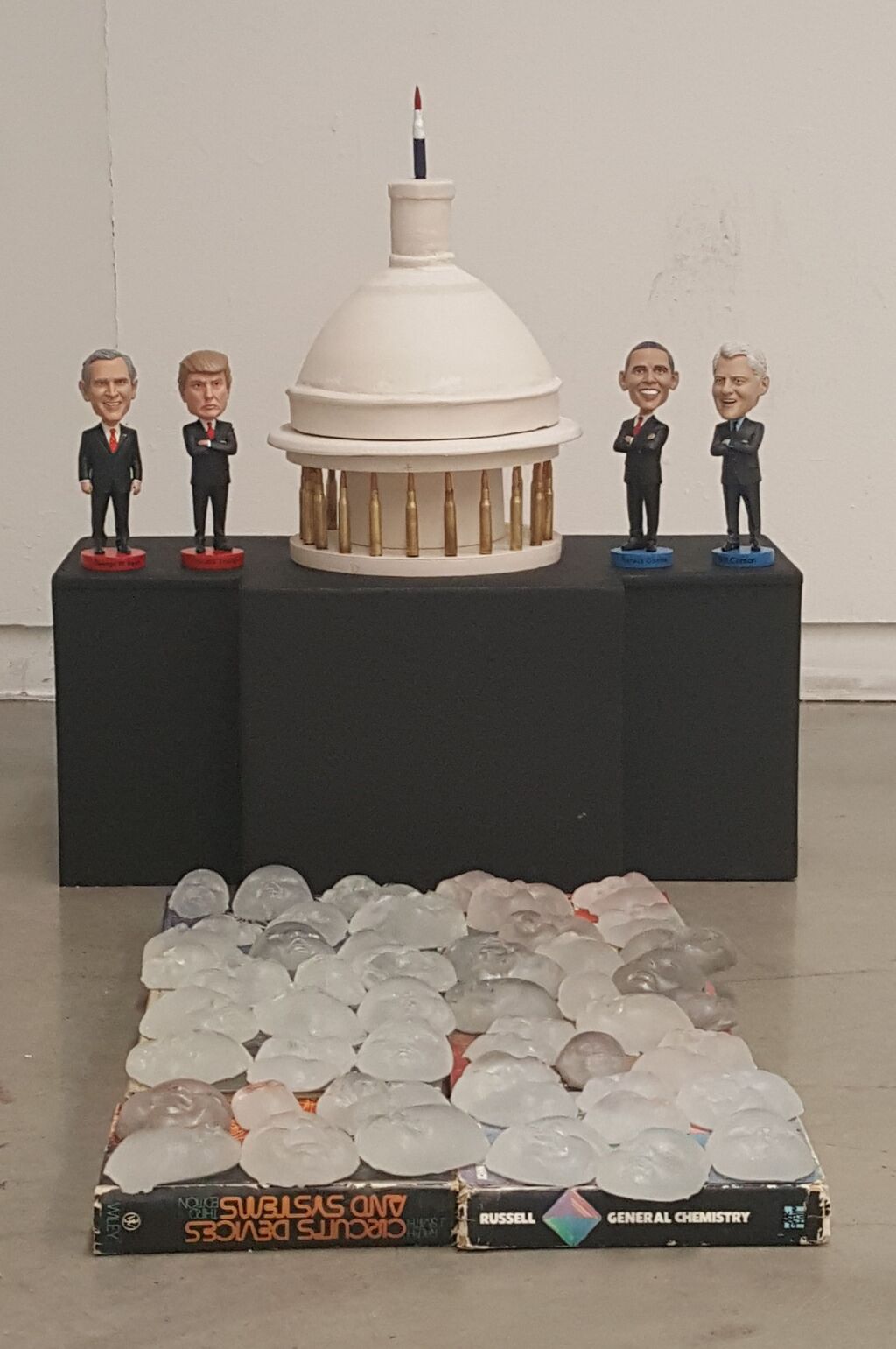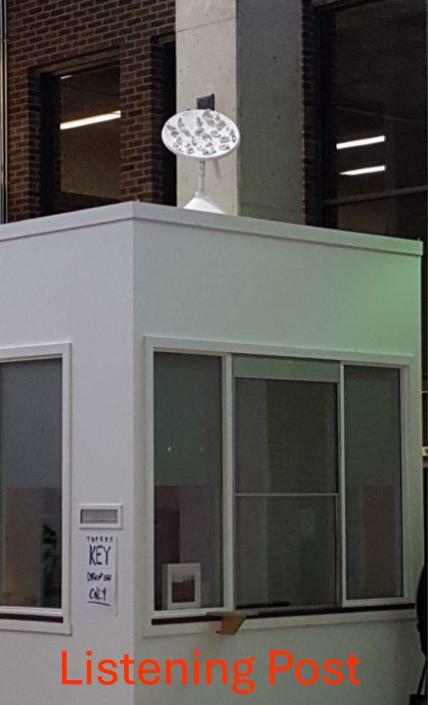
We Are More Similar
In a world increasingly divided by surface-level difference, We Are More Similar calls for a deeper kind of seeing — one rooted in empathy, not assumption.
This work challenges the persistent habit of judging others by their physical appearance rather than their actions, character, or lived experience. It confronts the reality that many choose not to listen, not to understand — because doing so requires effort, vulnerability, and a willingness to reconsider one's own beliefs.
By inviting viewers to pause and reflect, We Are More Similar suggests a simple yet radical idea: that beneath the layers of identity imposed by society, our shared humanity runs deeper than what separates us.
It’s a quiet but insistent reminder that compassion is a choice — and that choosing to truly see one another is the first step toward any meaningful change.


